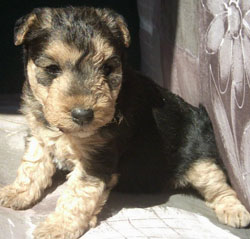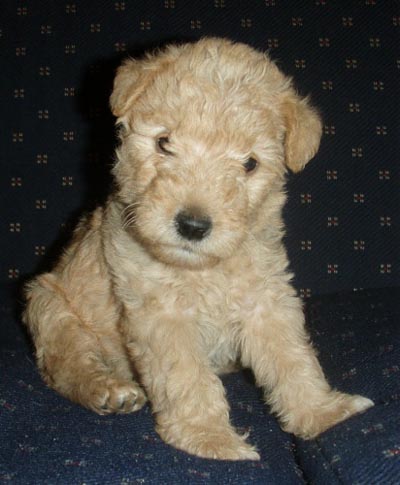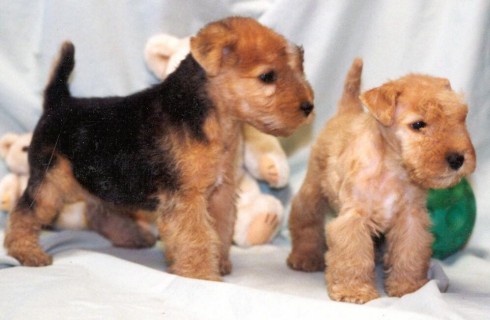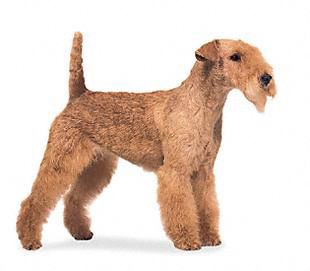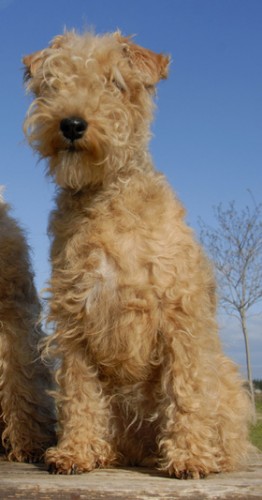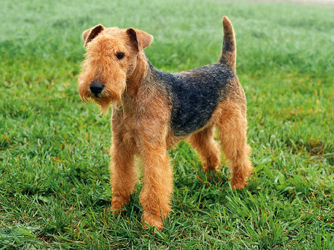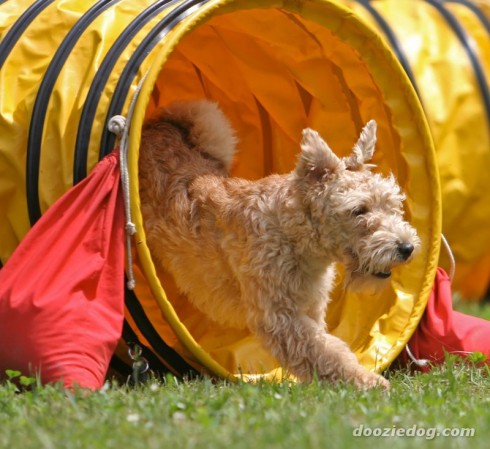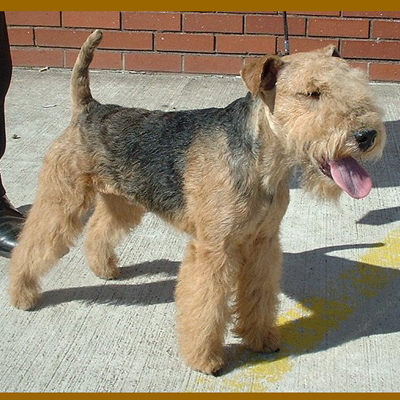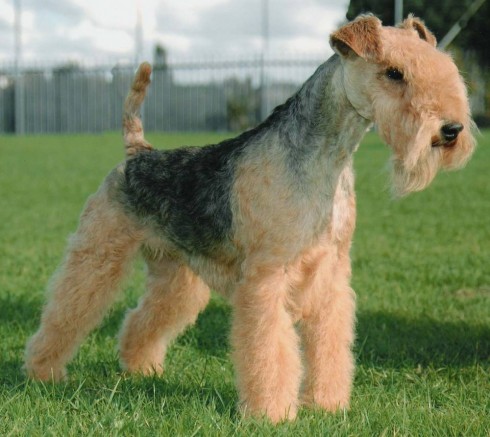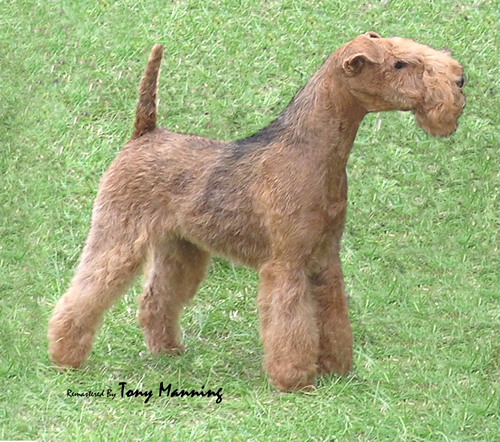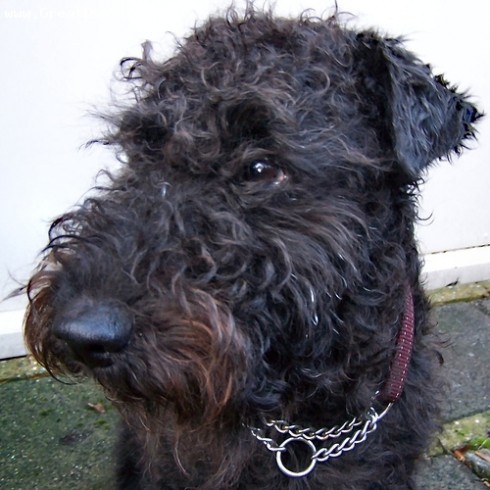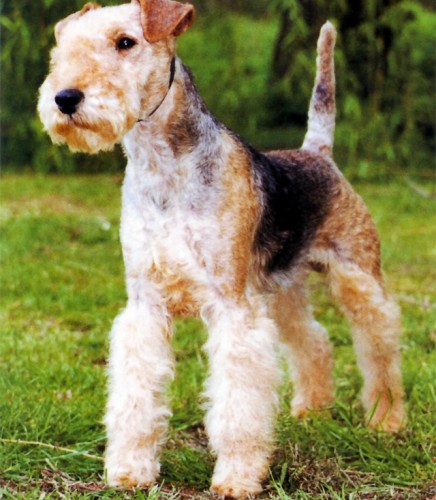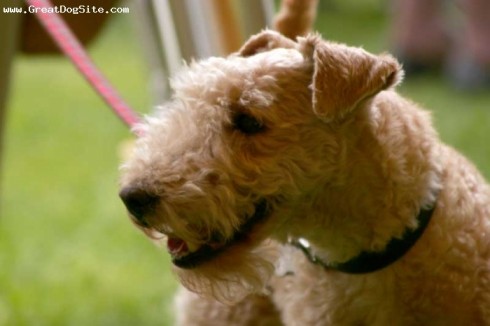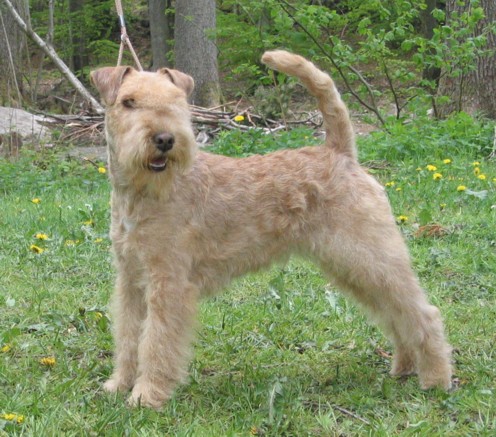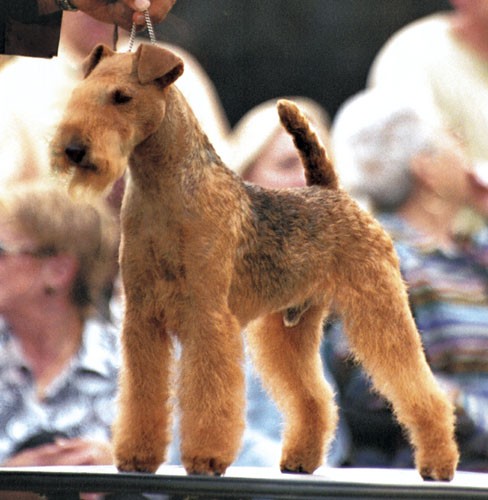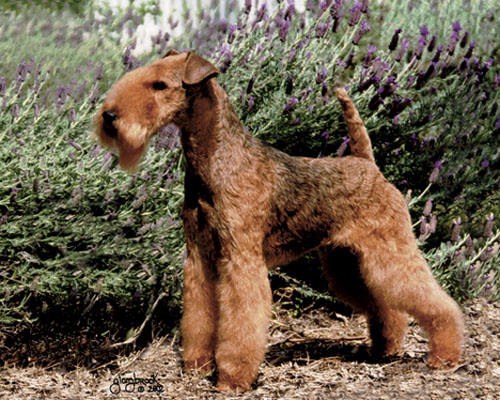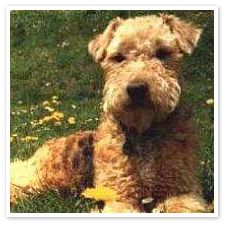Main Index
In Store
Our Web Store
Miniature Schnauzer Picture Gallery
Latest Dog Blogs
- What Are The Basic Commands To Train A Dog?
- PaySafe As The Most Popular Type Of Deposit
- Everything You Need To Know About Pet Sales
- Dogs Contribute To Our Physical And Mental Well Being
- How To Choose Where To Bet On Greyhounds In 2022
- Volunteer With Animals - How To Help Dogs Around The World
- Basic Understanding Of The House Edge
- Why You Should Get A Dog
- Top 20 Popular Dog Names Around The World
- Constipation in Dogs and How to Find Solutions
Lakeland Terrier
Lakeland Terrier Picture Gallery
Lakeland Terrier Clubs/Associations
The Full Lakeland Terrier Description
The Lakeland Terrier is frisky, feisty, and fun. He is a smart little dog who loves to be the center of his owner's life. A person who understands this vivacious personality can have a lot of fun with a Lakeland. He's got the energy and interest to play with kids tirelessly.
Did you know?
The birthplace of the Lakeland Terrier is Cumberland county in England.
So you want to own a Lakeland Terrier?
The Lakeland Terrier is a hardy working dog known for his tenacity and good humour.
The Lakeland Terrier is able to adapt to most living conditions, in the city or the country.
The Lakeland Terrier's bold, confident and friendly disposition makes it a great companion.
The Lakeland Terriers' coat needs brushing weekly and shaping every few months.
Indicative Breed Standard
General Appearance
Smart, workmanlike, well balanced and compact.
Characteristics
Gay, fearless demeanour, keen of expression, quick of movement, on the tip-toe of expectation.
Temperament
Bold, friendly and self-confident.
Head and Skull
Well balanced. Skull flat and refined. Jaws powerful and muzzle broad but not too long. Length of head from stop to tip of nose not exceeding that from occiput to stop. Nose black, except in liver-coated dogs when the nose will be liver.
Eyes
Dark or hazel. Slanting eyes undesirable.
Ears
Moderately small, V-shaped and carried alertly. Set neither too high nor too low on head.
Mouth
Teeth even with perfect, regular scissor bite, i.e. upper teeth closely overlapping lower teeth and set square to the jaws.
Neck
Reachy, slightly arched, free from throatiness.
Forequarters
Shoulders well laid back. Forelegs straight, well boned.
Body
Chest reasonably narrow. Back strong, moderately short and well coupled.
Hindquarters
Strong and muscular. Thighs long and powerful with well turned stifles. Hocks low to ground and straight.
Feet
Small, compact, round and well padded.
Tail
Customarily docked. Docked: Well set on, carried gaily but not over back or curled. Undocked: Well set on, carried gaily but not over back or curled. In overall balance with the rest of dog.
Gait/Movement
Fore- and hindlegs carried straight forward and parallel. Elbows move perpendicular to body, working free of sides, stifles turning neither in nor out. Good drive coming from well flexing hindquarters.
Coat
Dense, harsh and weather-resisting with good undercoat.
Colour
Black and tan, blue and tan, red, wheaten, red grizzle, liver, blue or black. Small tips of white on feet and chest undesirable but permissible. Mahogany or deep tan not typical.
Size
Height not exceeding 37 cms (141/2 ins) at shoulder. Average weight: dogs: 8 kgs (17 lbs); bitches: 7 kgs (15 lbs).
About Our Article Directory
- Article
- 27 November 2010
- 2 comments
Canis lupus familiaris
- Breed Article
- 29 May 2010
- No comments
Quick Search
Donate
Latest Dog Pods
- Tips on How to Stop Your Dog from Biting
- Beware - Not All Advertised Dog Rescues Really Are! How Can You Know The Truth?
- Helpful Tips For Dog Obedience Problems
- How to Keep Dogs From Eating Poop
- Dog Grooming Tips - A General Overview of the Very Basics of Dog Grooming
- Recognising Different Types of Dog Obedience Problems
- 5 Important Tips On Feeding A Puppy


